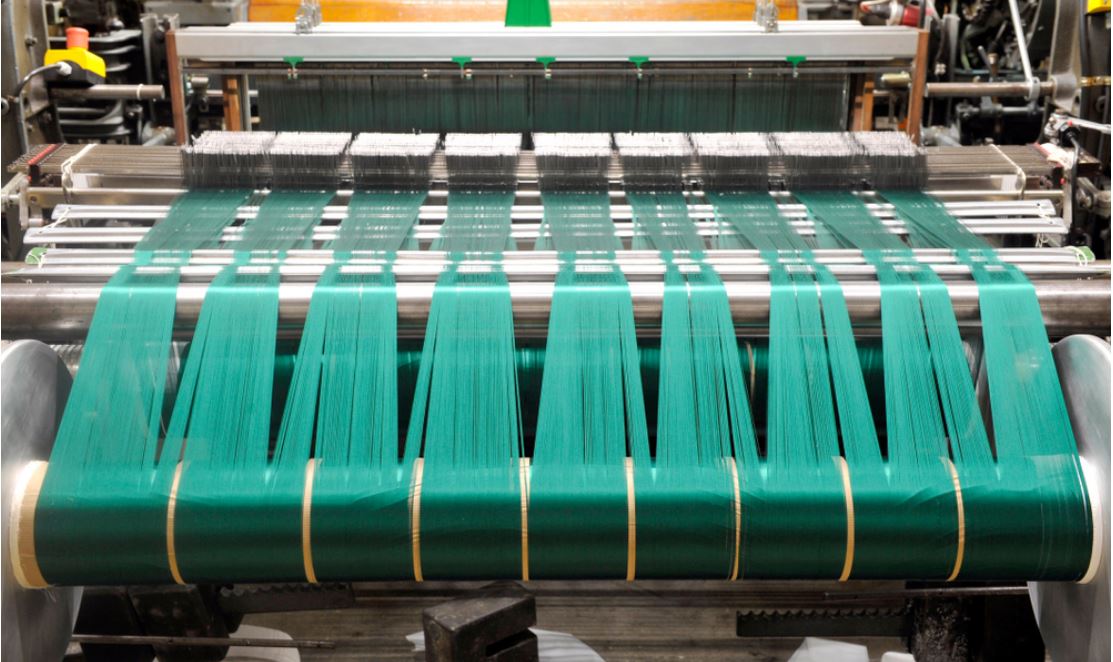The worldwide population is becoming increasingly concerned about the enormous environmental and social implications linked to the textile chemical suppliers and manufacturers’ chain.
The elimination of the present-day adverse health effects resulting from inadequate chemical management in the textile industry is predicted to have an economic benefit three times per year in 2030. The overall economic benefits of phasing out substances of concern may be difficult to assess due to low transparency on chemical usage on worker-related health impacts. Billions in value are wasted annually in the present system for making, distributing, dying, and wearing clothing because of underused apparel and a lack of recycling. Risks are developing on a systematic basis as the demand for garments grows, the side effects on resources, the environment, and people, as well as potential future profitability for the textile chemical industry rise.
A more sustainable and circular value chain requires a deeper understanding of the players involved, environmental and social implications, and the accompanying intervention measures. The value chain’s presence of hazardous materials prevents the development of a circular economy. Transparency regarding the product’s chemical composition, textile chemical suppliers and manufacturers’ background, and operational & residual properties is essential.
Impacts of Textile Chemical Substances
Chemical exposure occurs in and around cotton farms and textile mills for humans and the environment. Water contamination and water shortages by a large textile industry may have significant local effects in the nations that produce them. Some nations’ environmental and health protection laws are insufficient. Therefore, textile chemical suppliers operating anywhere in the globe must understand their obligations and set out guidelines.
1. Cultivation and Manufacturing Textile Auxiliaries
Chemicals are used in several procedures during textile production, from the fibre to the completed product. Large amounts of pesticides, some harmful to human health or the environment, are used in traditional cotton farming.
Organic cotton is grown without synthetic pesticides, commercial fertilisers, or genetically modified organisms. In textile factories, various chemicals are utilized throughout production, including lubricant oils for spinning and knitting and adhesives for weaving that reinforce and shield the threads. For transparency, textile chemical suppliers should keep track of these details when distributing the chemicals to other retailers.
2. Textile Chemicals for Color & Shape
The origin of the fibre has a considerable impact on which chemicals reside since various materials have varied qualities that textile chemical suppliers distribute in the market. Cotton textiles entangle ingredients that, for example, boost absorption capacity and minimise shrinking. Bleaches and optical brighteners are applied to the fabric to make it white. To achieve the required colour and colourfastness, dyes and dyeing techniques involving chemicals are added to ensure the dyeing process will be successful.
Sometimes, coatings made of plastic and rubber are applied to fabrics to create patterns, make them waterproof, and for other purposes. These materials could include plasticizers that are harmful to your health, such as phthalates. Using detergents and water, chemicals used in production are washed off. While certain pollutants are degraded or dealt with during wastewater treatment, others end up in waterways. Sometimes residual amounts of the chemicals used in production might be found in the completed goods.
3. Chemicals Fulfil Textile Needs & Functions
Textile materials come in a wide variety of shapes and serve various purposes. For example, chemicals can stiffen, soften, or shine the cloth. Additionally, they may be utilized to manufacture fabric that doesn’t shrink, wrinkle, get matted, or produce static. They resist oil, water, and dirt (in some instances) to prevent flames in other situations.
Chemicals replenished by textile chemical suppliers can prevent sunlight from cloth fading colors, producing an aroma, or drawing attention to luminous qualities. They are occasionally employed to stop microbial assault. The materials are used so that the fabrics can withstand moist conditions during shipment without growing mould. The cloth may contain antimicrobial agents with the packing in separate bags.
Additionally, chemicals are employed as preservatives in sportswear, dye pastes for textile printing, and outdoor fabric preservation against mould and bacteria.
Final Words
Lack of understanding is one issue with chemicals used in textiles. It could be challenging to find out what substances are worth investing in. Sometimes, knowledge about a substance’s characteristics, interactions, destination, and effects on the environment and human health is limited. Textile chemical suppliers must consider the whole lifetime, from the creation of raw materials through manufacture, usage, and final disposal. This consideration is important to determine the cumulative risk that humans and the environment are exposed to when distributing hazardous chemicals.
When there is ambiguity and little knowledge, caution is useful. Textile materials are blended with different materials, such as plastic, foam rubber, wood, and metal, in goods like furniture and shoes. This further complicates chemical composition, risk assessment & management, and end-of-life product management.
More information is required on the chemical chemicals of textiles, and their characteristics, impacting the environment and human health. Therefore, textile chemicals manufacturers should attempt to keep the business constantly informed of the requirements. They should meet the inquiries and requests of textile chemical suppliers.











